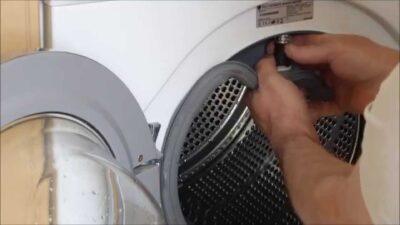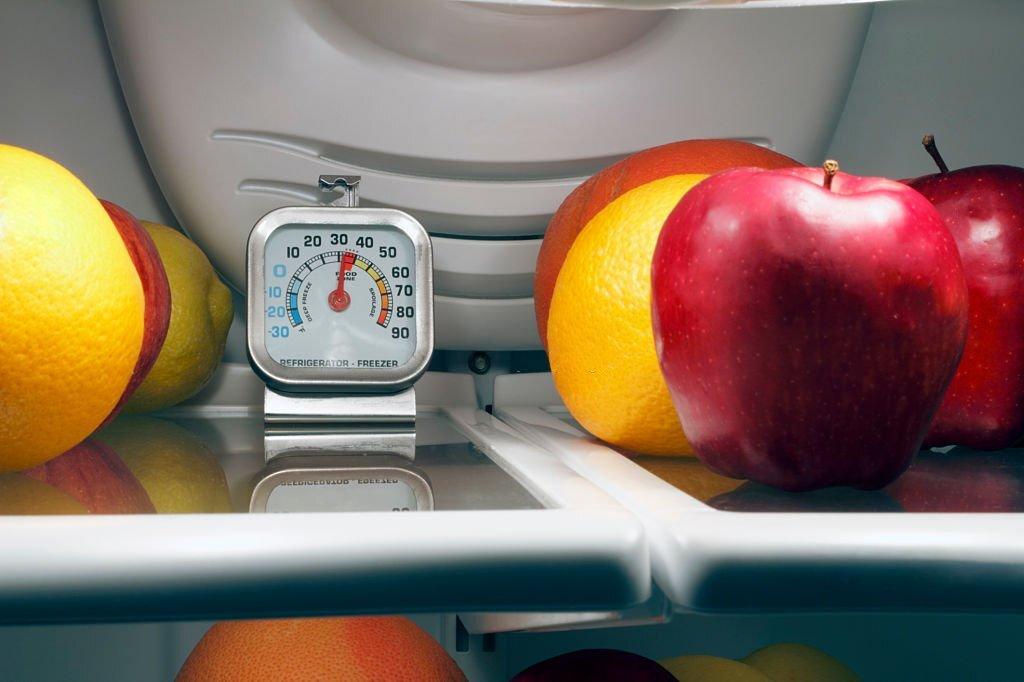Washing machines are among the most valuable and convenient appliances of our daily use. Modern washing machines are much more helpful with many additional components in the current era.
Besides all the convenience of a washer, not having proper drainage is sometimes problematic. But, don’t worry. We will help you out with this article.
We can use various equipment and options to drain a washing machine. We will discuss them one by one.
Equipment Required for Washing machine drainage.
The washing machine drainage system needs some of the necessary materials to discharge the wastewater from our washing machines properly. Following are the materials needed:
- Drain Hose
A washer drain hose removes the dirty water into the septic tank during or after the completion of the wash cycle. The drain hose is located at the back of the washing machine.
- Drain Pump
A drain pump is located at the bottom of the washing machine and helps drain the wastewater from the drain pipe to the outside.
- Rubber Drain hose
A rubber drain hose is also used for draining, but these are cheaper and less durable. After a few years, rubber drain hoses become loose after frequent washing, which leads you to buy a new washing machine. Recently braided polyester mesh hose and rayon are on the market with more durability.
- Braided Stainless steel hose
Steel hoses are more durable, used more commonly for long years, and do not result in bursting or leaking. They easily bear the pressure, bends, twists and cuts without causing any trouble for you because they are wrapped and coated with plastic from the inside.
These steel hoses also prevent washing machine leakage issues.
Different Options to Drain a washing machine
- Slop Sink Drainage
You can remove the water through the slop sink mechanism. The drain pipe is placed at a certain height from the floor in the sink drain.
Later, properly attach the slop sink connection with a u-shaped connector or strap to avoid any leakage or spilling of water on the floor.
- Discharge through a laundry tub
If you want to wash clothes in clean water, you must change the dirty water with a new one.
So, removing the water after a cycle can be done quickly by placing a clothing tub beside the washing machine at a bit height from the floor.
A clothing tub is an ideal way to drain the water from your washer and is suggested by many manufacturers.
- Standpipe drain
Of all the drainage options, the easiest and cheapest way to drain your washer is by a stand pipe. It is also less space consuming.
The installation process is simple. A standpipe is connected to the drain hose. You can even do it with basic knowledge of plumbing without hiring professional plumbers.
Remember to use a thick standpipe for a smooth water flow to ensure proper drainage. You can also go through the heavy duty washing machine reviews to know more about this.
- Underground Drain line
Another option to discharge the wastewater is through an underground pipe link. All you need to do is dig a hole, place your washer at that place, and attach the drain hose to this hole, ultimately removing the water from the washer to the outside of the house.
This method is helpful if you want to place your washing machine on the fixed portion of your house for long years.
Otherwise, moving your washer from one place to another is not beneficial as you need to hire professional plumbers to repeatedly reset your washing machine at different places in your house, which is quite disturbing.
Air gap for washing machine drain
An air gap connects all the pipes in your washer, preventing them from mixing and keeping your washer clean.
The air gap prevents backwater from the drain hose from contaminating the pure water and helps a clean water supply to your washing machine.
How to run washing machine drainage outside?
You can run drainage outside the house by carefully knowing the pros and cons of wasting grey or dirty water.
If you are planning to discharge the water in the backyard or for an irrigation network. First, you need to do complete research about the plants. If they are tolerant of detergent water or not?
The toxic chemicals in the detergents result in stunted plant growth. But if the grey water is helpful for plants, you need to set a proper routine of washing clothes so you will also be able to water your plants according to their requirements.
You can also buy a barrel by calculating the average water load of your washer. So, you can fill and use it for the irrigation system.
Does the washing machine drain hose need to be elevated?
Yes, keep your drain hose elevated from the washer. Place it at the height of 8 feet from the floor.
You must ensure the high level of the hose to prevent the siphoning.
Washing machine drain hose backflow prevention
To prevent the backflow of the water, you need to follow the given instructions:
- Place the drain hose at a certain height from the floor.
- Must not lower your drain hose to the ground level.
- Check your drain hose regularly. If there is any clog, remove it to prevent the backflow. Always keep your hose clean.
FAQs
Can I drain my washing machine in the garden?
Yes, you can drain your washer in the garden. But, before draining, get knowledge if the water is helpful for your plants or not. As there are lots of chemicals in the detergents which might ne harmful for your plants.
Can a washing machine drain into a bucket?
Yes, you can quickly drain your washer by placing a bucket beside the washer machine, putting the drain hose from the concrete wall to the bucket, and then discharging the water wherever you want.
Does a washing machine drain need a vent?
A washing machine drain must need a vent as it allows the P-trap to perform efficiently by preventing the sewer and hazardous gases from fuming in the house.
Moreover, venting is necessary for all plumbing appliances; otherwise, they will be noisy and work slowly.
Final thoughts
You can drain your washing machine using a laundry tub, underground pipeline, or a standpipe. All the factors are helpful for proper drainage. You can choose according to your desire.
Furthermore, carefully handle the drainage equipment. You can also hire a licensed plumber to maintain a drainage system in your house.






